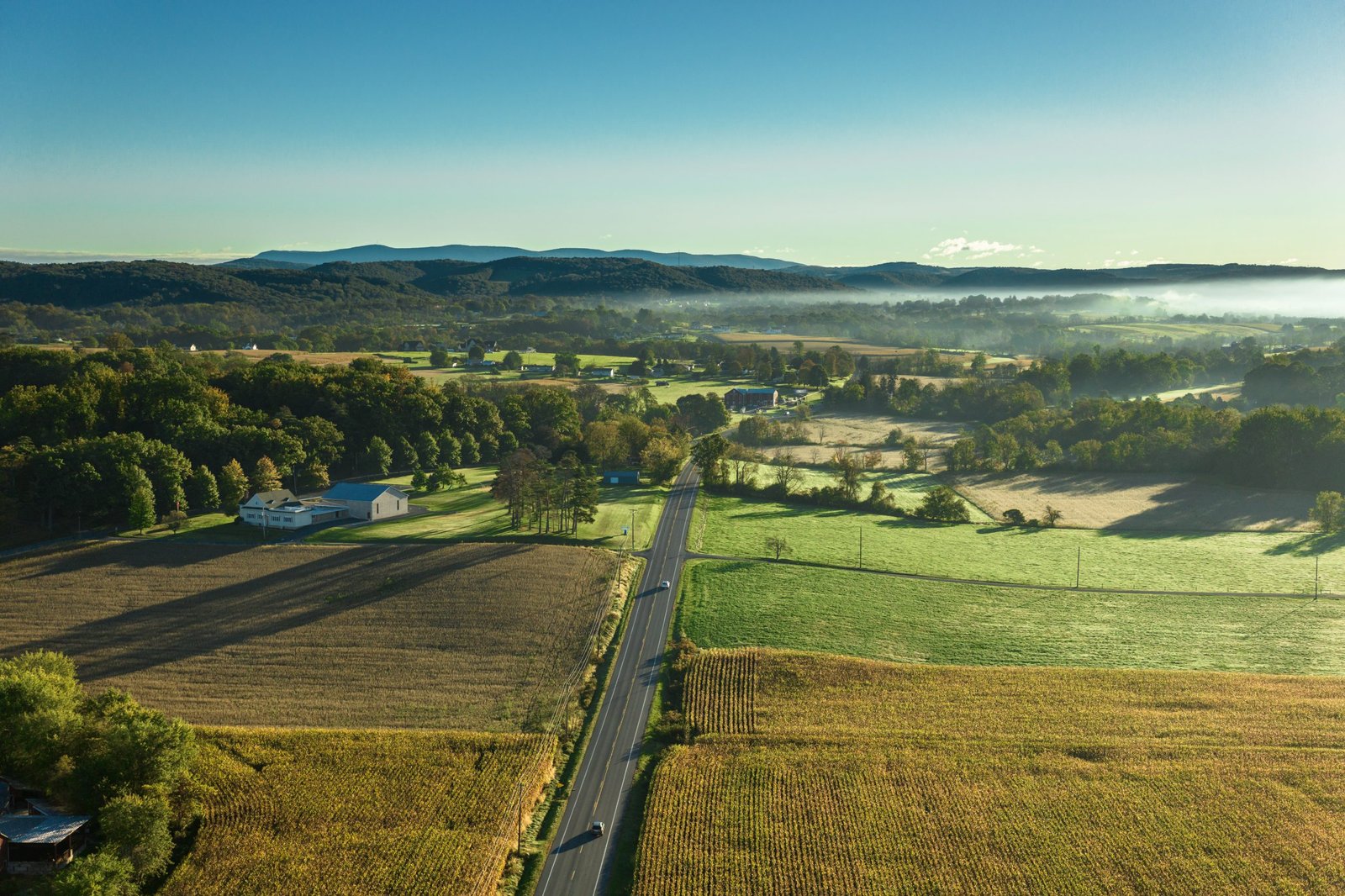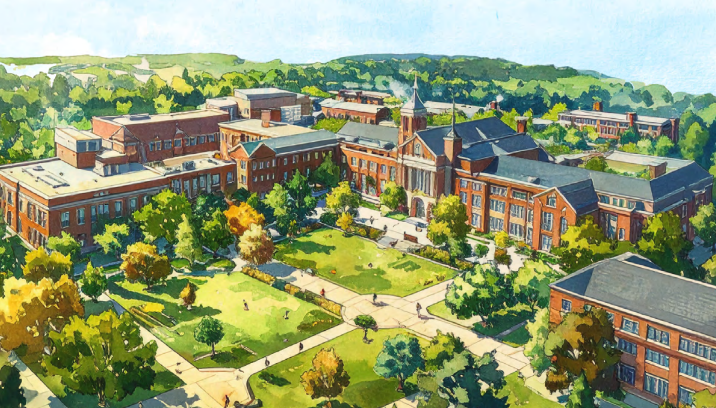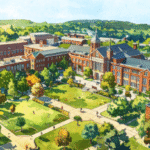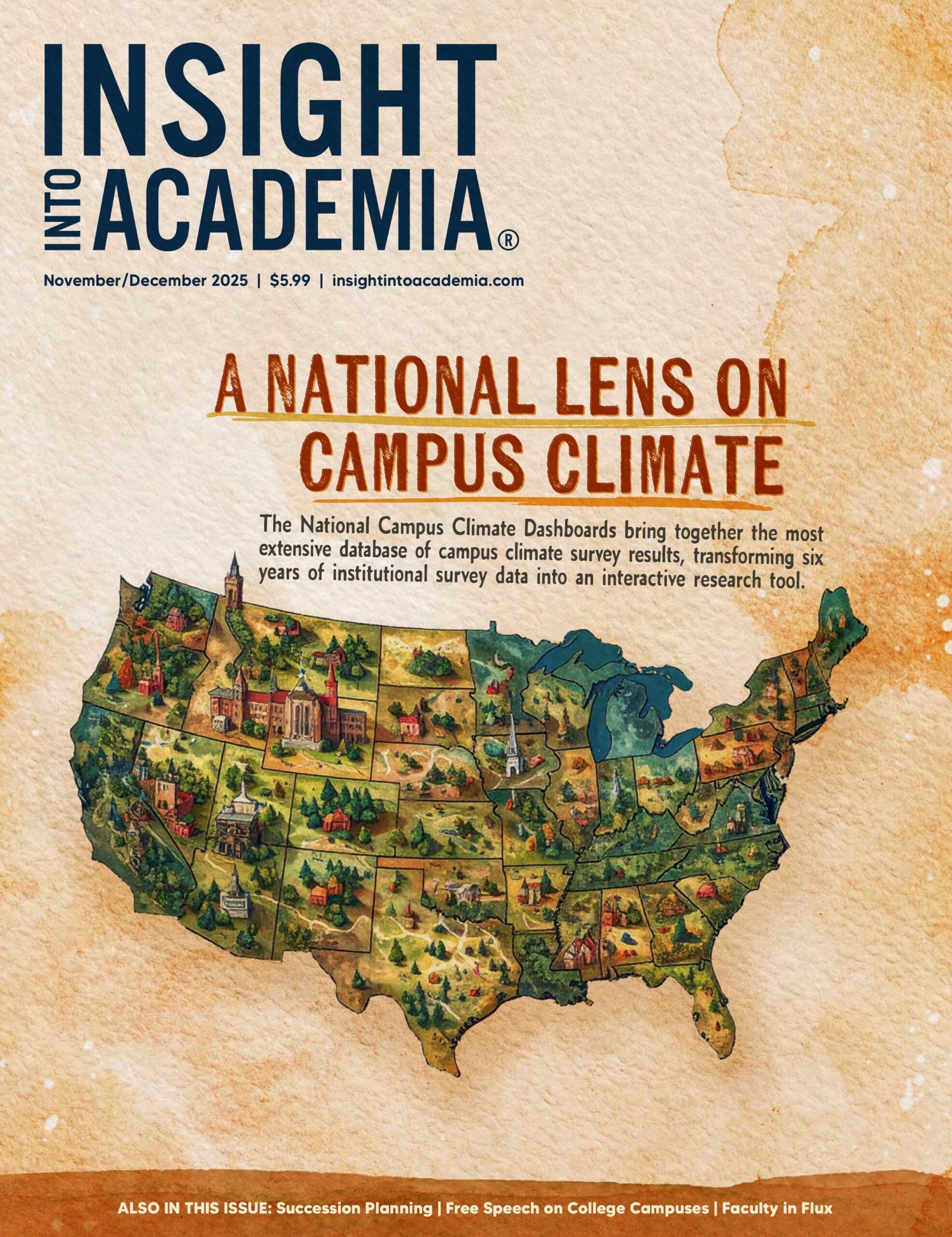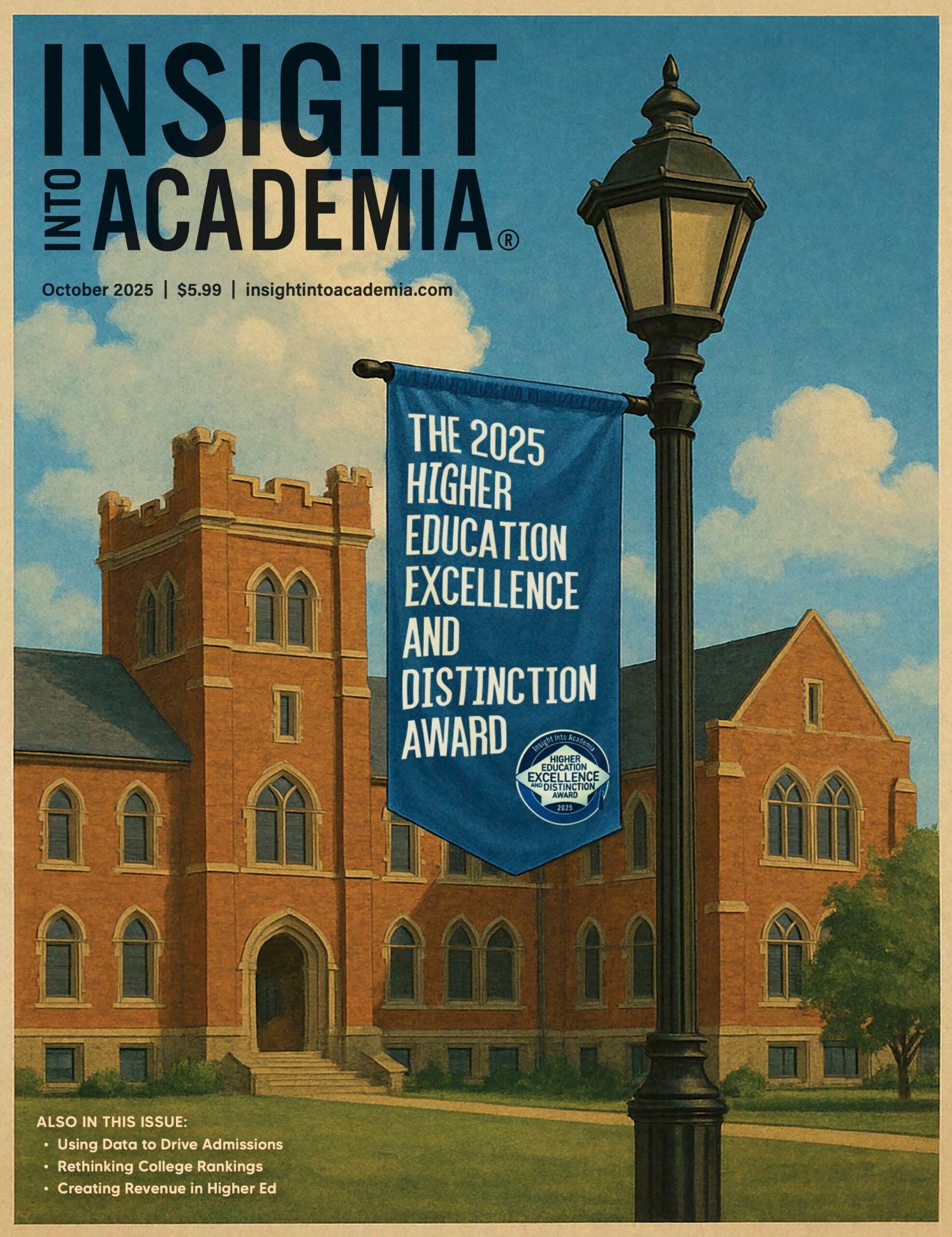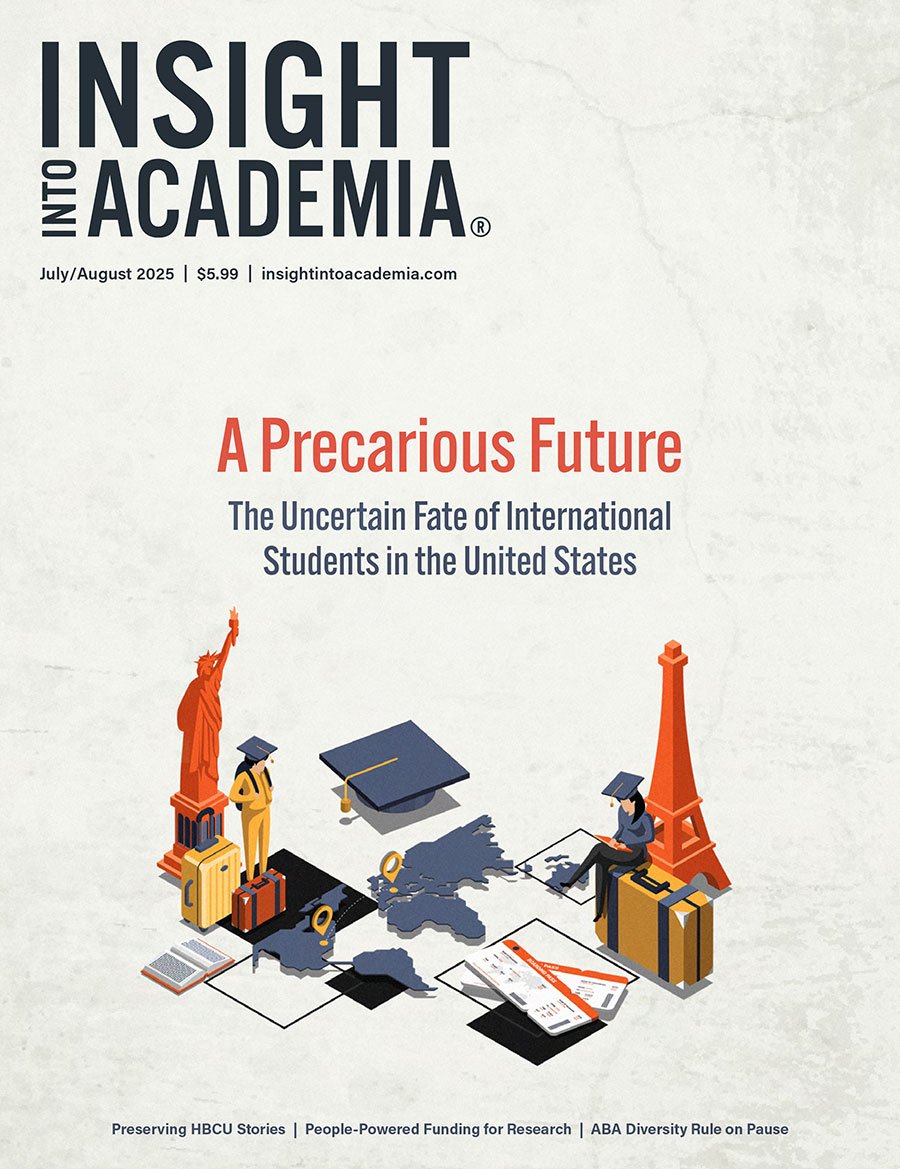Rural colleges and universities, once pillars of opportunity for remote communities, are increasingly shedding academic programs and, in some cases, closing their doors altogether. The combination of declining enrollment, financial challenges, and systemic underfunding is impacting the educational landscape for rural students, leaving them with fewer options and fewer pathways to upward mobility.
Over the past decade, the U.S. has experienced a nationwide drop in college enrollment, with nearly 2 million fewer students in 2022 than ten years earlier. Rural-serving colleges have been hit especially hard. According to the American Council on Education, approximately 13 million Americans reside in higher education “deserts”—predominantly found in rural regions of the Midwest and Great Plains—where the nearest institution of higher education is beyond a reasonable commute.
The situation is exacerbated by numerous closures of private nonprofit colleges in these areas, alongside program cuts at public universities. For instance, West Virginia University recently eliminated 28 undergraduate and graduate majors, including most foreign language programs, while the University of Montana has phased out more than 30 programs. Regional public universities, which educate 70% of undergraduates at public four-year schools, are among the hardest hit, receiving significantly less state funding per student than flagship universities.
“The challenge that our institutions have is that they tend to be lowerresourced than institutions in urban areas, or flagship institutions,” Charles Welch, EdD, president of the American Association of State Colleges and Universities, told the Hechinger Report. “They can’t rely on big endowments. The pandemic threw a whole additional layer on top of what those institutions were already facing.”
Many of the cuts disproportionately target programs in the humanities and sciences, such as philosophy, physics, and languages. At the State University of New York at Potsdam, majors in chemistry, physics, and philosophy have been discontinued. Similarly, the University of North Carolina Asheville has phased out religious studies, drama, and several language concentrations. These decisions often leave rural students with access to a narrower range of academic disciplines than their urban and suburban counterparts.
The financial strain driving these changes is undeniable. Delta State University in Mississippi has seen enrollment decrease nearly 25% since 2014, creating an $11 million budget deficit. But critics, including the American Association of University Professors, argue that some institutions exploit these drops to shutter programs expediently, prioritizing financial metrics over educational access.
For students, the consequences are significant. When majors are eliminated they may struggle to find adequate course offerings to complete their degrees. Others are forced to transfer, often to institutions farther from home and potentially more expensive. These obstacles disproportionately affect low-income and first-generation college students, who are more likely to attend rural and regional universities.
The decline in these opportunities is also occurring as fewer rural high school graduates pursue higher education. In 2016, 61% of rural students enrolled in college immediately after high school; by 2022, that number had dropped to 55%, below the total national average.
Some efforts are underway to address the challenges. Programs such as the Small Town and Rural Students (STARS) College Network aim to connect rural students with selective universities that offer robust financial aid packages.
“These students are not getting the same information that a lot of their peers are getting in more urban and suburban areas,” Marjorie Betley, deputy director of admissions at the University of Chicago, told PBS News. “Colleges don’t come visit them. They don’t get opportunities to ask questions.”
Additionally, initiatives like dual enrollment are gaining traction in rural states. By offering high school students the opportunity to earn college credits in vocational and academic subjects, these programs help reduce the time and cost of obtaining a college degree. However, challenges remain, including ensuring that credits transfer seamlessly to four-year institutions.
Online education has also been proposed as a solution, but it comes with limitations. Spotty internet access combined with students’ preferences for in-person learning, diminishes its appeal. Many rural students reported that online classes due to the COVID-19 pandemic discouraged them from continuing their education altogether.
Without more comprehensive interventions, the reduction of higher education opportunities in rural areas threatens to deepen existing inequities. For students in these communities, colleges and universities are not just places of learning but vital gateways to careers and a better quality of life. As institutions grapple with financial realities, the challenge will be balancing fiscal responsibility with their mission to serve all students— regardless of geography.


